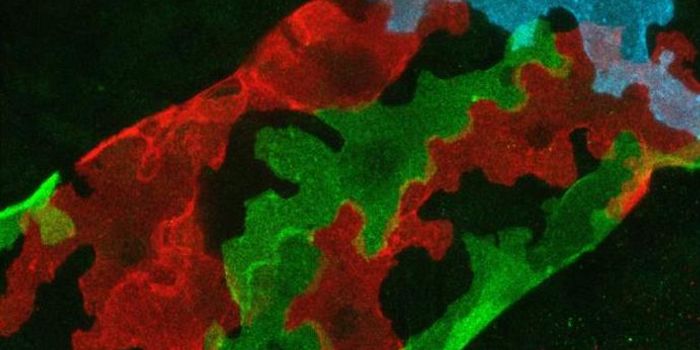There's More to a Cat's Whiskers Than You Think
Cats may be enjoyable pets, but their true roots go back to incredibly predacious creatures with bodies that have been evolutionarily adapted for hunting prey.
Cats’ forward-facing eyes are capable of jaw-droppingly good nighttime visibility, but not only that, the animals can also discern high-speed movement much more effectively than humans can. Cats’ eyesight is a force to be reckoned with, but it’s not without its pitfalls. As it turns out, cats have a hard time focusing their eyes on close objects, and most can’t clearly see objects within about 30 centimeters of their face.
This may seem like a substantial weakness for such a distinguished predator, but as it turns out, cats use a different mechanism to detect close objects – the sense of touch through their facial whiskers.
After a cat locks eyes on something, it pounces, generally attempting to capture its target in its claws. The cat’s target may be a toy or prey, but either way, you’ll generally discern the cat’s whiskers orienting themselves in a forward-facing position after the cat manages to grab onto something. This is the cat attempting to validate its catch with the sense of touch as opposed to verifying it visually.
A cat’s whiskers are much thicker than ordinary hair, and the ends are deeply embedded in the cat’s facial nerve endings, which help the animal discern just how much a whisker(s) is being bent back as it’s touched.
Indeed… cats are extraordinary (and adorable) animals.








